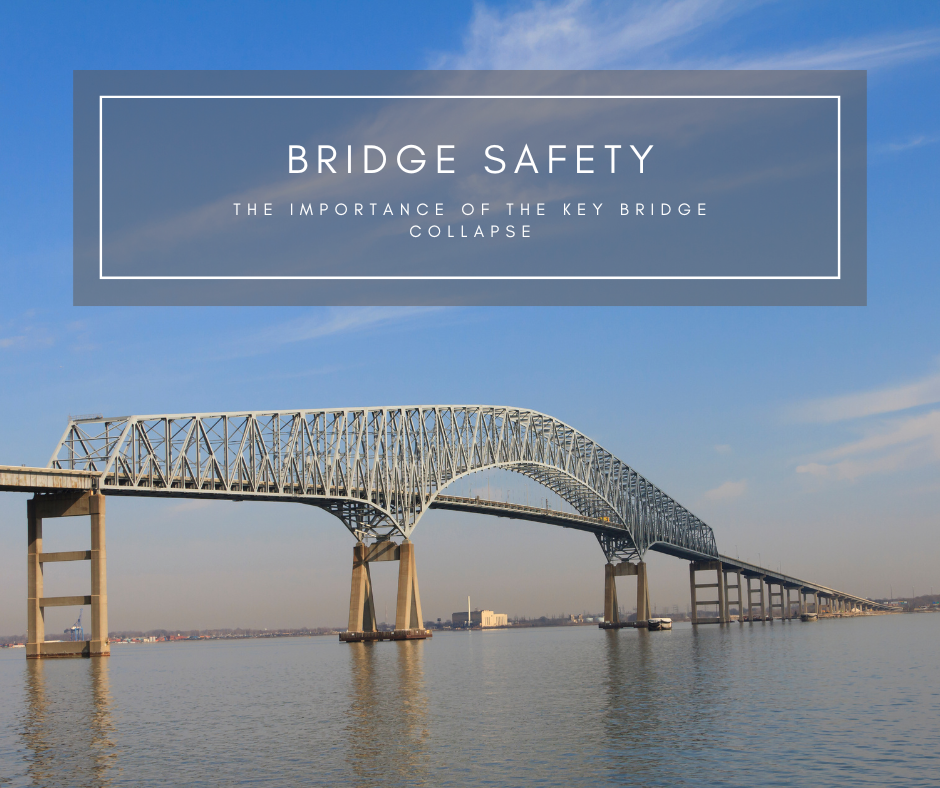The collapse of the Francis Scott Key Bridge raises concerns about liability, bridge safety and economic impacts.
On March 26, at around 12:45 a.m., Singaporean-flagged cargo ship, the Dali, would move through the Patapsco River, leaving Baltimore. Later at 12:56 a.m., the ship would make a large arc towards the Key Bridge.
According to the National Transportation Safety Board, at 1:24 a.m., “numerous aural alarms” were captured on the Dali’s voyage data recorder, which records audios from the boat’s bridge and radios. One minute later the ship would reach its max speed and then lose power at 1:26 a.m.
The ship’s pilot would make radio calls asking for tug boats in the area while the pilot association dispatcher would call the police regarding the ship’s blackout. At 1:27 a.m., the crew aboard the Dali would make an effort to deploy the ship’s anchors while officials would ask police to block traffic on both sides of the Key Bridge.
At 1:29 a.m., the Dali would collide with a column holding up the Key Bridge leading to its collapse. A search and rescue effort for eight construction workers who were on the bridge would be carried out the following morning.
Of the eight workers, six have been presumed dead, with three bodies being recovered and the remaining two workers being successfully rescued. A vigil was held for them later that night.
Grace Ocean Private Ltd. as well as Synergy Marine Pte Ltd., the companies that own and manage the Dali respectively, have filed a court petition seeking to limit their legal liability with a cap at roughly $43.6 million. This petition was filed under the Limitation of Liability Act of 1851, in which a shipowner can limit the amount they would have to pay to the value of the vessel’s remains after a casualty.
The last federal inspection of the Key Bridge scored it at a six out of nine, which is considered in “fair” condition. There had been some concern over the strength of one of the bridge’s columns during this inspection, though it is unknown if it had been the same column that was struck by the Dali.
According to professor of civil and systems engineering at Johns Hopkins University Ben Schafer, the large mass of the Dali “creates an amount of energy that a small concrete pier isn’t going to sustain” and this accident is one that “we can’t allow to happen and expect the bridges to stay up.” For this reason, Schafer believes that the ship is what is likely to blame for the collapse.
The collapse of the Key Bridge led to the closure of the Port of Baltimore, with a temporary channel being open only for vessels working on the cleanup effort. President Joe Biden has vowed to have the federal government pay in full for both the cost of cleaning and reconstruction of the bridge, which needs to be approved by Congress.
$60 million in immediate aid has already been approved by the Biden administration, but the bridge will take years to rebuild. The total cost to rebuild the bridge could be at least $400 million with total insured losses ranging from $2 billion to $4 billion.
With the loss of the Key Bridge many travelers, estimated to have been 35,000 per day, will now have to take longer and more congested routes.The disaster led to a loss of lives along with the loss of a central landmark in Baltimore, and has raised necessary questions about how bridge safety and regulations are being handled.


